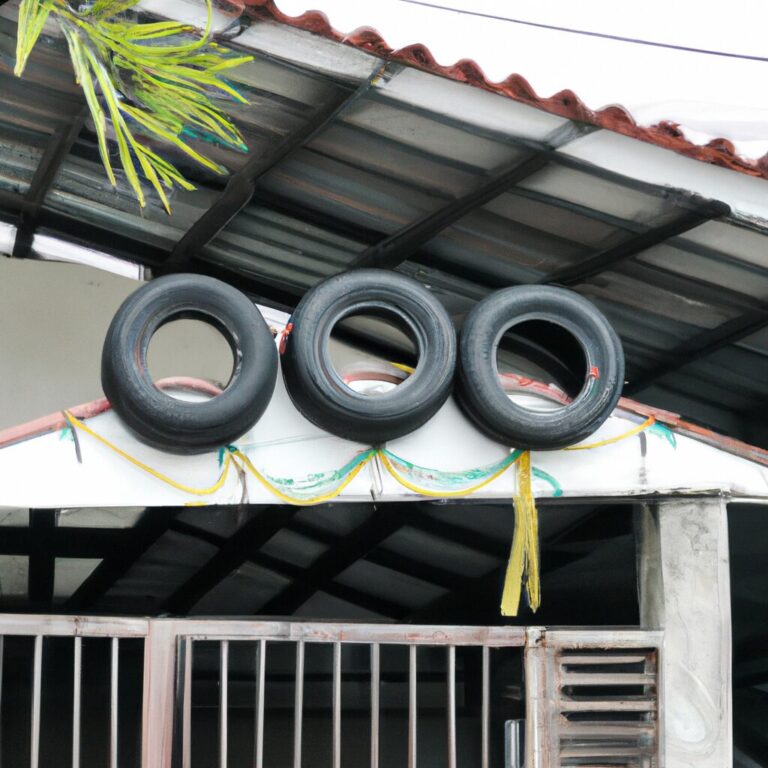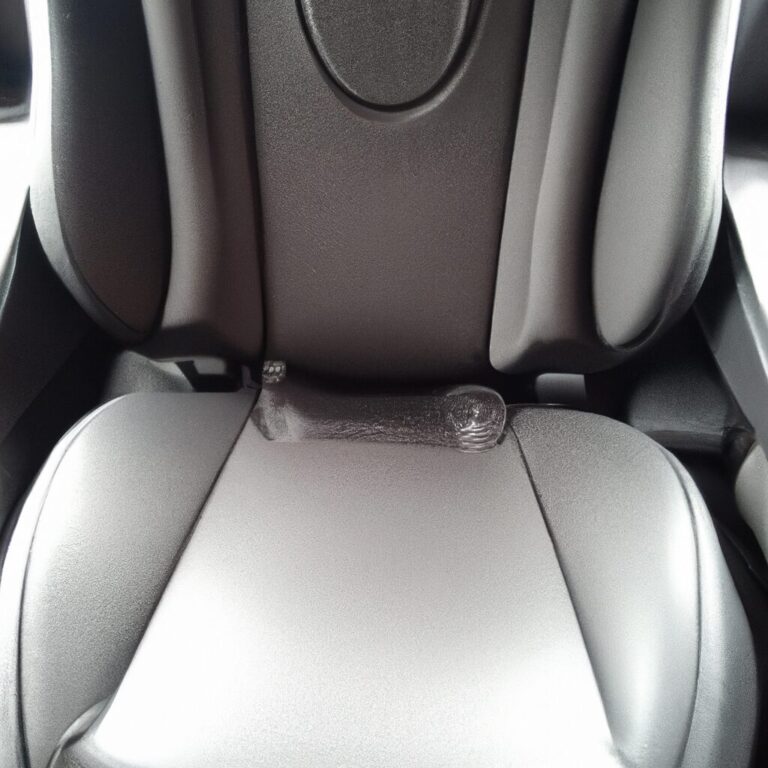How to Camber a Car
To camber a car, adjust the angle of the wheels for better cornering performance and handling. Use a camber gauge and follow manufacturer specifications for optimal results.
Proper camber adjustment is essential for enthusiasts looking to improve their vehicle’s overall performance on the road or track. By understanding how to adjust camber correctly, drivers can enhance traction, stability, and cornering abilities. This process involves changing the vertical angle of the wheels, ensuring they make full contact with the road surface during high-speed maneuvers.
With precision and attention to detail, camber adjustment can significantly impact a vehicle’s handling characteristics, providing a more dynamic driving experience for those passionate about automotive performance.
What Is Camber?
Understanding the concept of camber is essential for maintaining a properly functioning vehicle. Camber refers to the angle of the wheels in relation to the surface of the road. When viewed from the front or rear of the car, camber is the inward or outward tilt of the wheels. Proper camber alignment is critical for ensuring optimal tire contact with the road, as well as promoting even tire wear and handling performance.
Definition
Camber is a suspension geometry angle that measures the tilt of the wheels in relation to the road surface. It can be seen from the front or rear of the vehicle and is described as either positive, negative, or neutral camber.
Importance
Proper camber alignment is crucial for ensuring even tire wear, maximizing tire contact with the road, and promoting optimal handling and steering response. Incorrect camber angles can lead to accelerated tire wear on the inside or outside edges, reduced traction, and compromised vehicle stability.
Factors Affecting Camber
Suspension Design
The suspension design of a car plays a crucial role in determining the camber angle. Different suspension setups may have fixed or adjustable camber settings.
Driving Style
Your driving style can also impact camber, as aggressive driving can cause uneven tire wear, affecting camber alignment over time.
Tools And Equipment Needed
Tools and Equipment Needed:
Camber Gauge
- A camber gauge is essential for accurately measuring the camber angle of your car’s wheels.
- Ensures precise adjustment to improve handling and tire wear.
Jack And Jack Stands
- Use a jack to lift the car off the ground safely and securely.
- Support the vehicle with jack stands for stability during adjustments.

Credit: speed.academy
Step-by-step Guide For Cambering A Car
Are you looking to improve the handling and performance of your car? Cambering is a simple adjustment that can make a world of difference. In this step-by-step guide, we will walk you through the process of cambering your car to achieve optimal handling and stability.
Jack Up The Vehicle
- Position the floor jack under the vehicle’s designated jacking point.
- Jack up the car until the wheel is off the ground.
Measure Camber Angle
- Use a camber gauge to measure the angle of the wheel in relation to the ground.
- Ensure accurate measurements for precise adjustment.
Adjust Camber
- Loosen the bolts on the strut or control arm to adjust the camber angle.
- Use shims or adjustable camber plates to fine-tune the angle.
Test Drive And Fine-tune
- Take the car for a test drive to assess the handling and stability.
- Make any necessary adjustments to achieve the desired camber angle.
Common Mistakes To Avoid
When it comes to cambering your car, it’s important to take the necessary precautions to avoid common mistakes that can have a negative impact on your vehicle’s alignment. In this section, we’ll discuss two key mistakes to steer clear of: over-tightening adjustment bolts and ignoring alignment issues.
Over-tightening Adjustment Bolts
One of the most common mistakes car owners make when attempting to camber their vehicle is over-tightening the adjustment bolts. It’s important to note that these bolts are designed to be tightened to a specific torque specification, and exceeding that can lead to severe problems. Over-tightening the bolts can put excessive pressure on the suspension components and cause premature wear or even breakage.
When adjusting the camber of your car, it’s crucial to use a torque wrench to tighten the adjustment bolts to the manufacturer’s recommended specification. This will ensure that the bolts are properly secured without putting undue stress on the suspension system. If you’re unsure about the correct torque specification for your vehicle, consult the owner’s manual or reach out to a professional mechanic for guidance.
Ignoring Alignment Issues
Another common mistake is ignoring alignment issues before attempting to camber the car. Camber adjustment should be done as part of a comprehensive alignment process to ensure that all other components are properly adjusted. Failing to address underlying alignment issues can result in an uneven camber adjustment and may even exacerbate existing problems.
Before adjusting the camber of your car, it’s essential to have a professional perform a thorough alignment check. This will help identify any existing misalignment issues that need to be corrected before attempting to camber the vehicle. Ignoring these alignment issues can lead to uneven tire wear, poor handling, and increased risk of accidents on the road.
In conclusion, avoiding these common mistakes when cambering your car is crucial to maintain the optimal alignment and performance of your vehicle. By correctly tightening adjustment bolts and addressing any alignment issues beforehand, you can ensure that your car remains safe and performs at its best.

Credit: www.reddit.com

Credit: www.jdpower.com
Frequently Asked Questions Of How To Camber A Car
How Do You Add Camber To Your Car?
To add camber to your car, consult a professional mechanic who specializes in suspension modifications. They will adjust the suspension components, such as the control arms or struts, to alter the camber angle. Avoid attempting this on your own as it requires technical knowledge and precise adjustments.
What Parts Do You Need To Camber Your Car?
To camber your car, you’ll need adjustable camber bolts or plates, along with special tools for installation. Adjusting the camber angle allows for the alignment of the wheels to the desired angle.
How Is A Car Cambered?
To adjust car camber, mechanics use a special tool to modify the angle of the wheels.
What Is The Best Way To Adjust Camber?
To adjust camber, visit a mechanic for a professional alignment service tailored to your vehicle’s specific needs.
How Can I Camber My Car?
To camber your car, you can adjust the suspension to tilt the wheels either inward or outward, creating a slight V shape for better handling and cornering.
What Is The Purpose Of Cambering A Car?
Cambering a car improves the tire’s contact with the road, enhancing traction and stability during turns, resulting in better control and reduced tire wear.
How Does Camber Affect Car Performance?
Camber affects car performance by altering the tire’s contact patch with the road, optimizing grip during cornering, reducing body roll, and enhancing overall stability.
Conclusion
Cambering a car can enhance its performance and aesthetics. By following the step-by-step process outlined in this guide, you can successfully achieve the desired camber angle. Remember to prioritize safety and alignment specifications to avoid any potential issues. With the right equipment and knowledge, cambering your car can be a rewarding experience.



